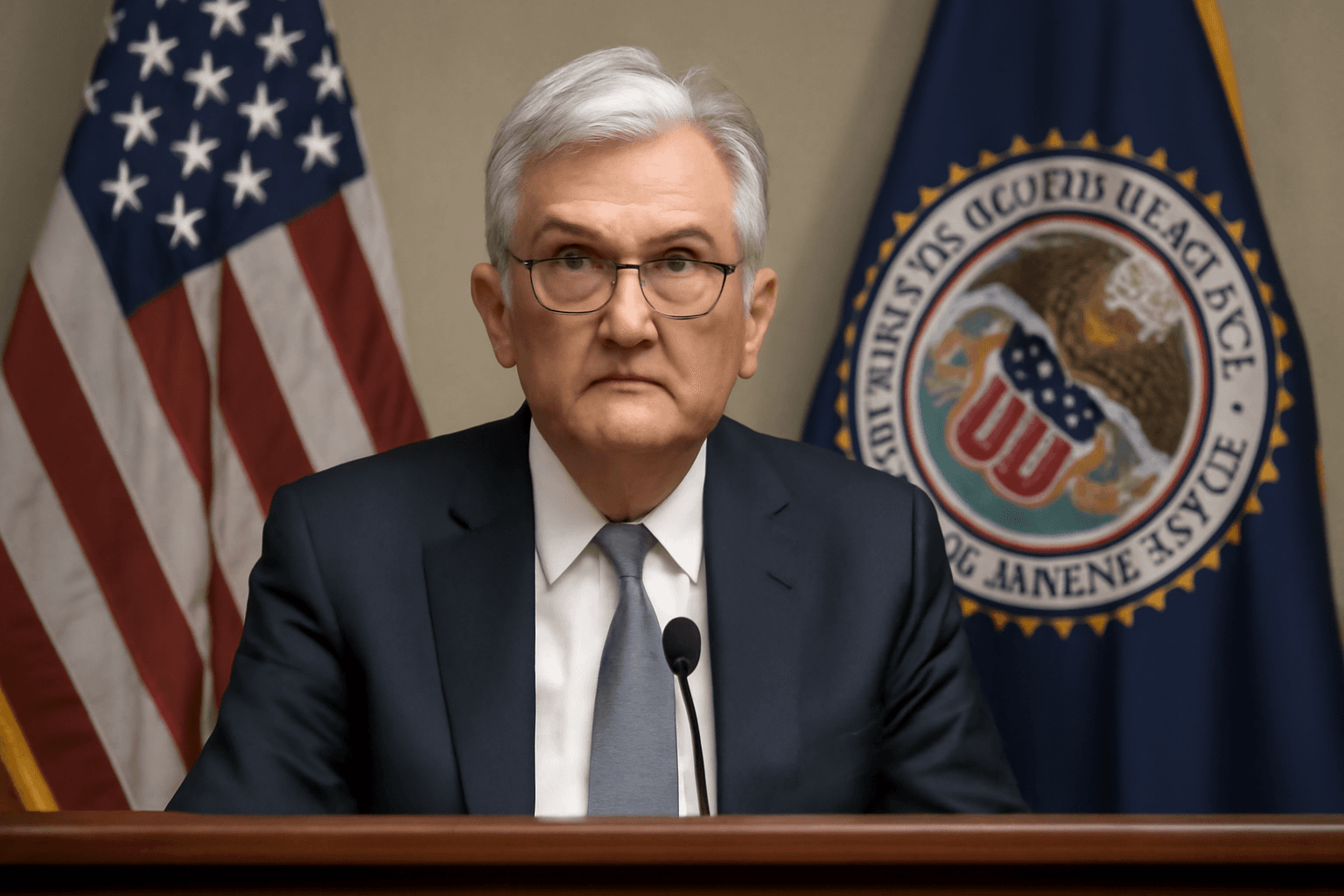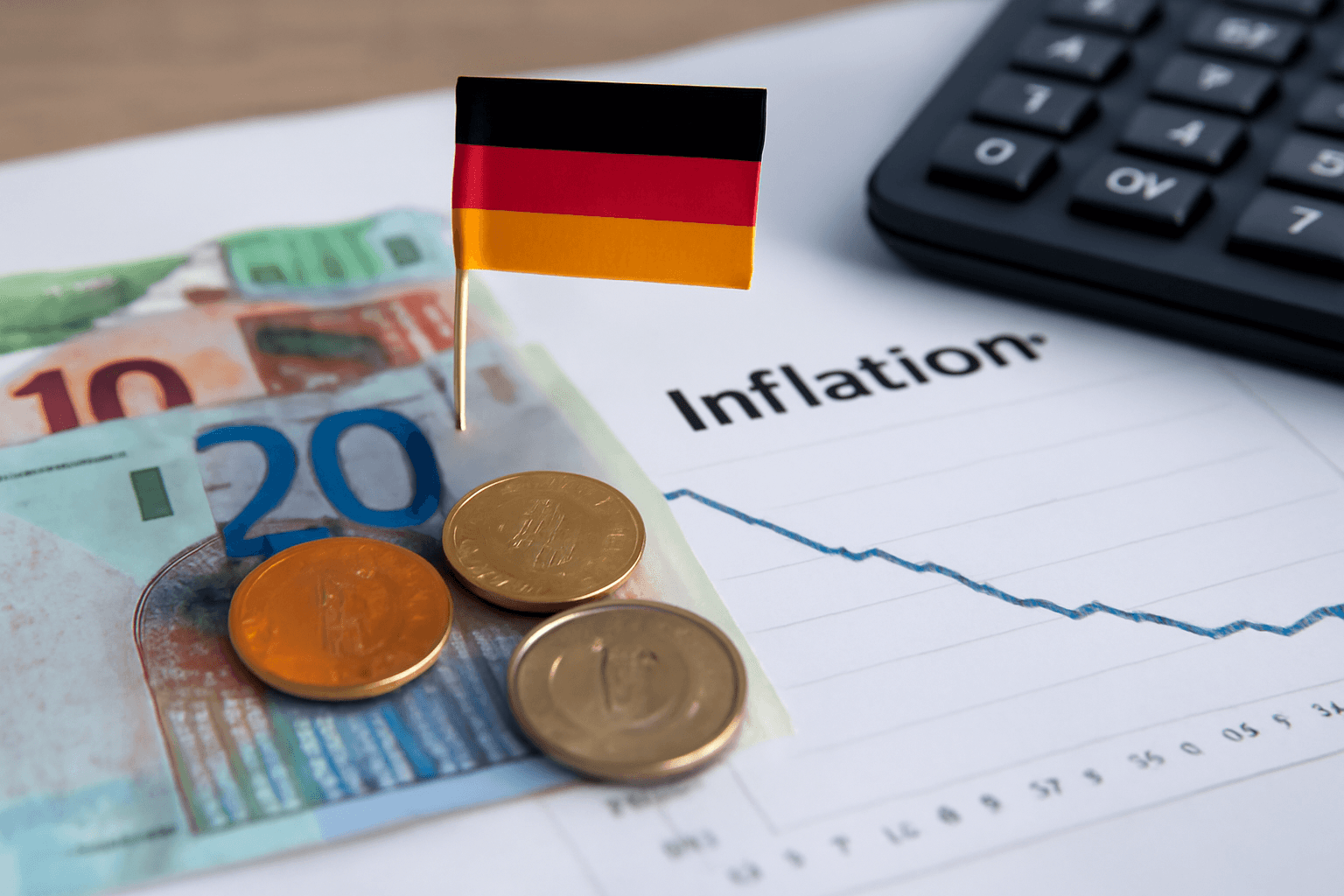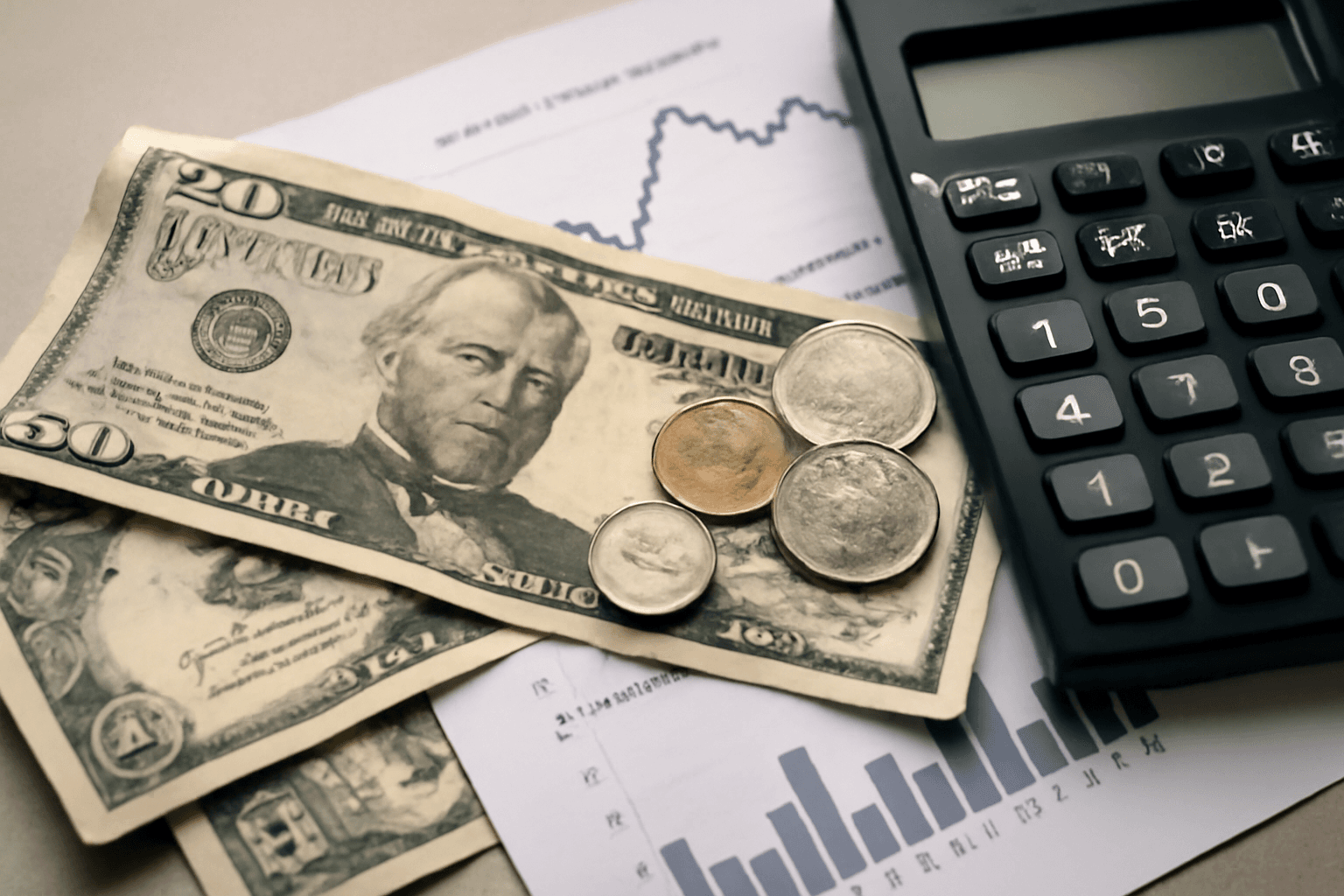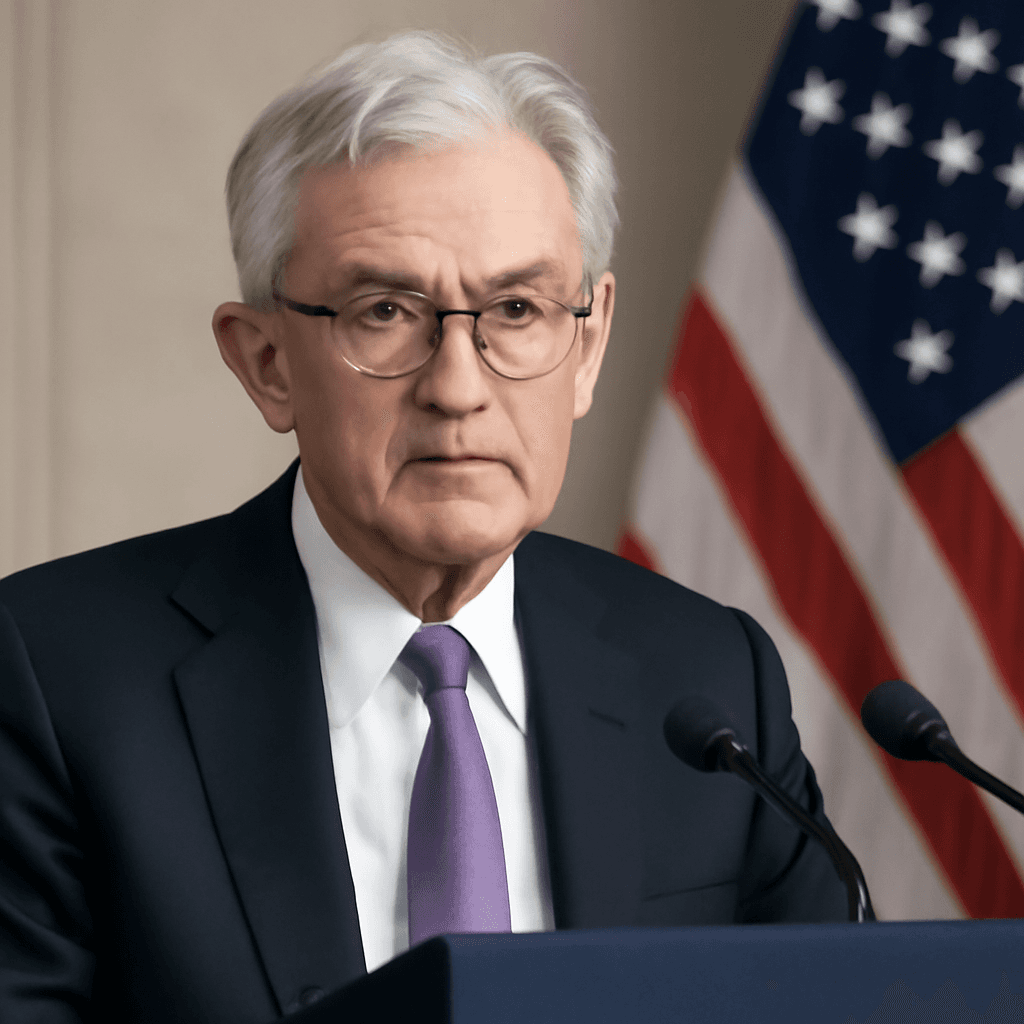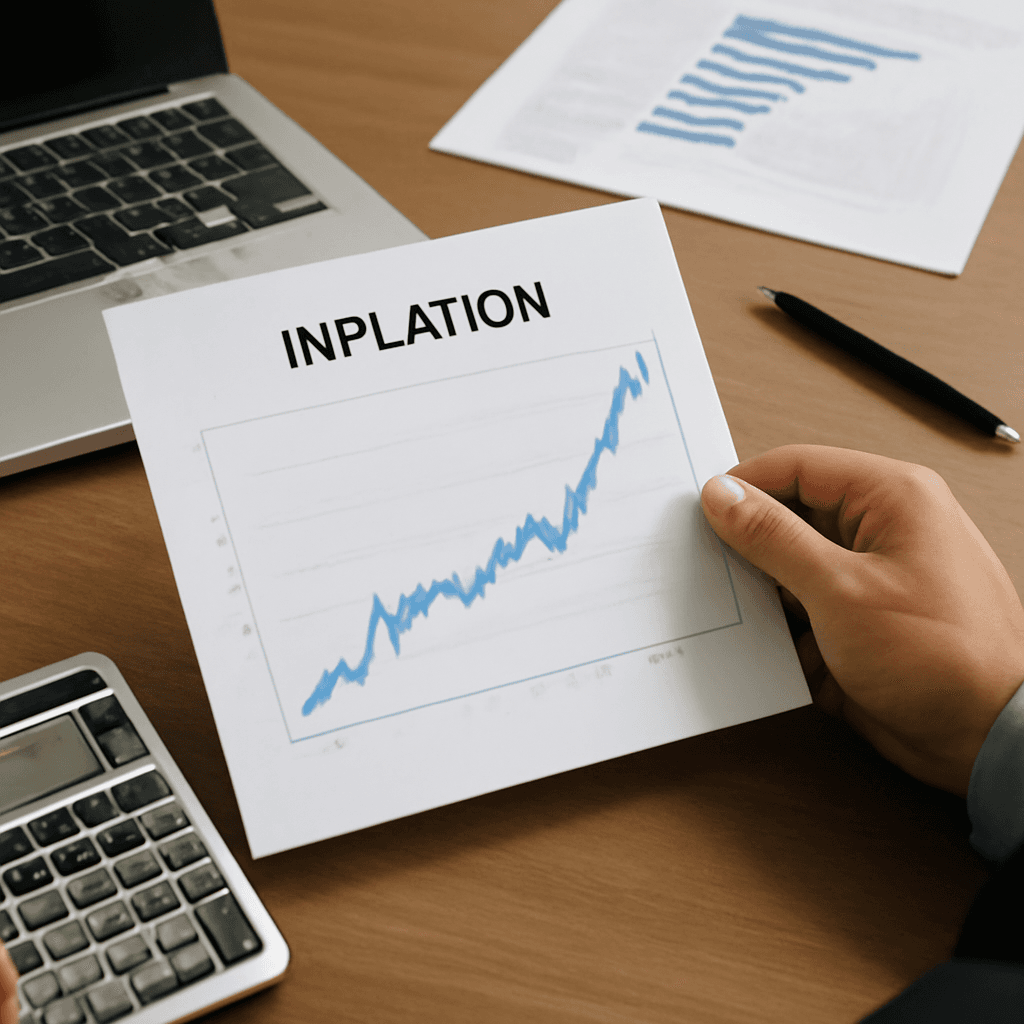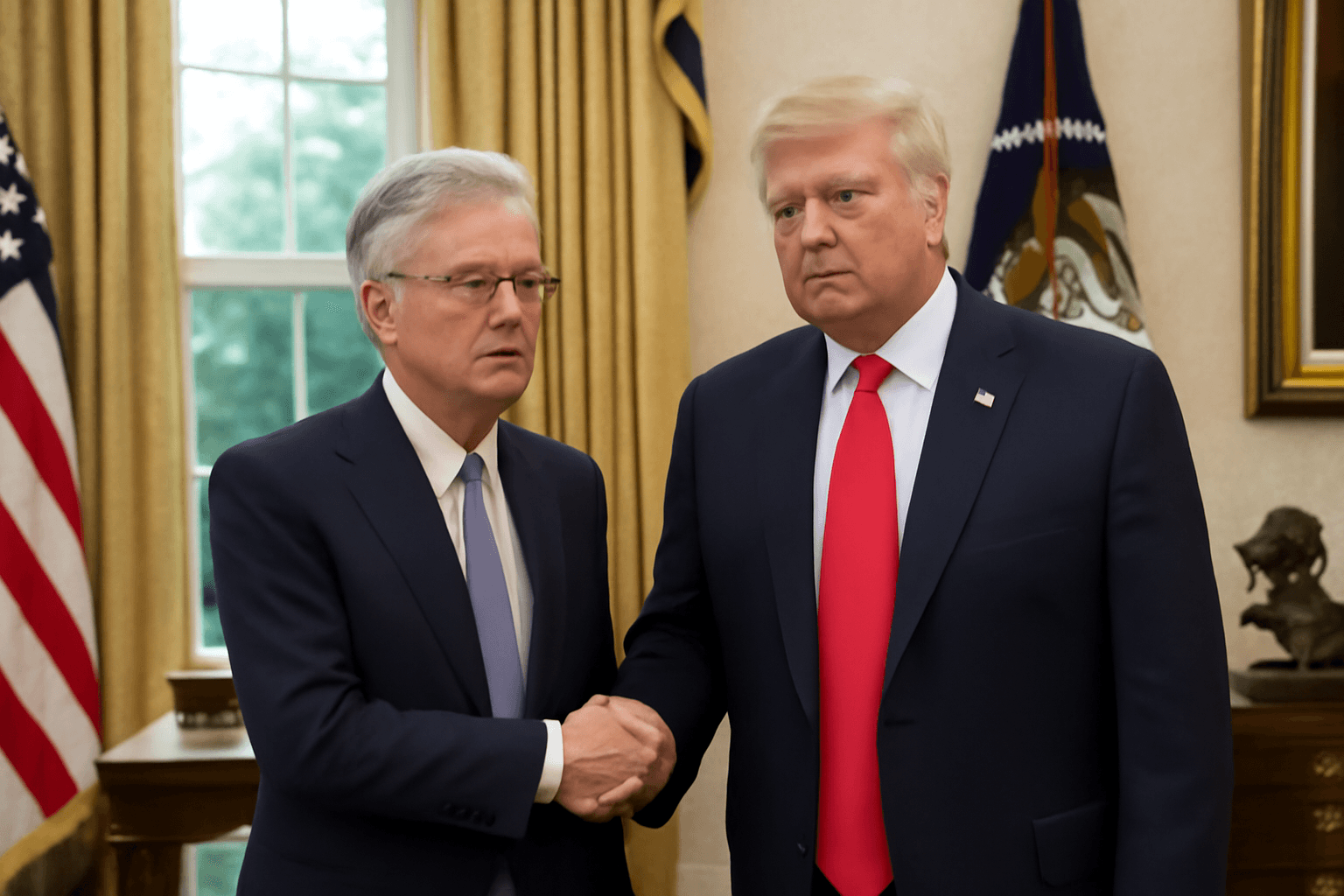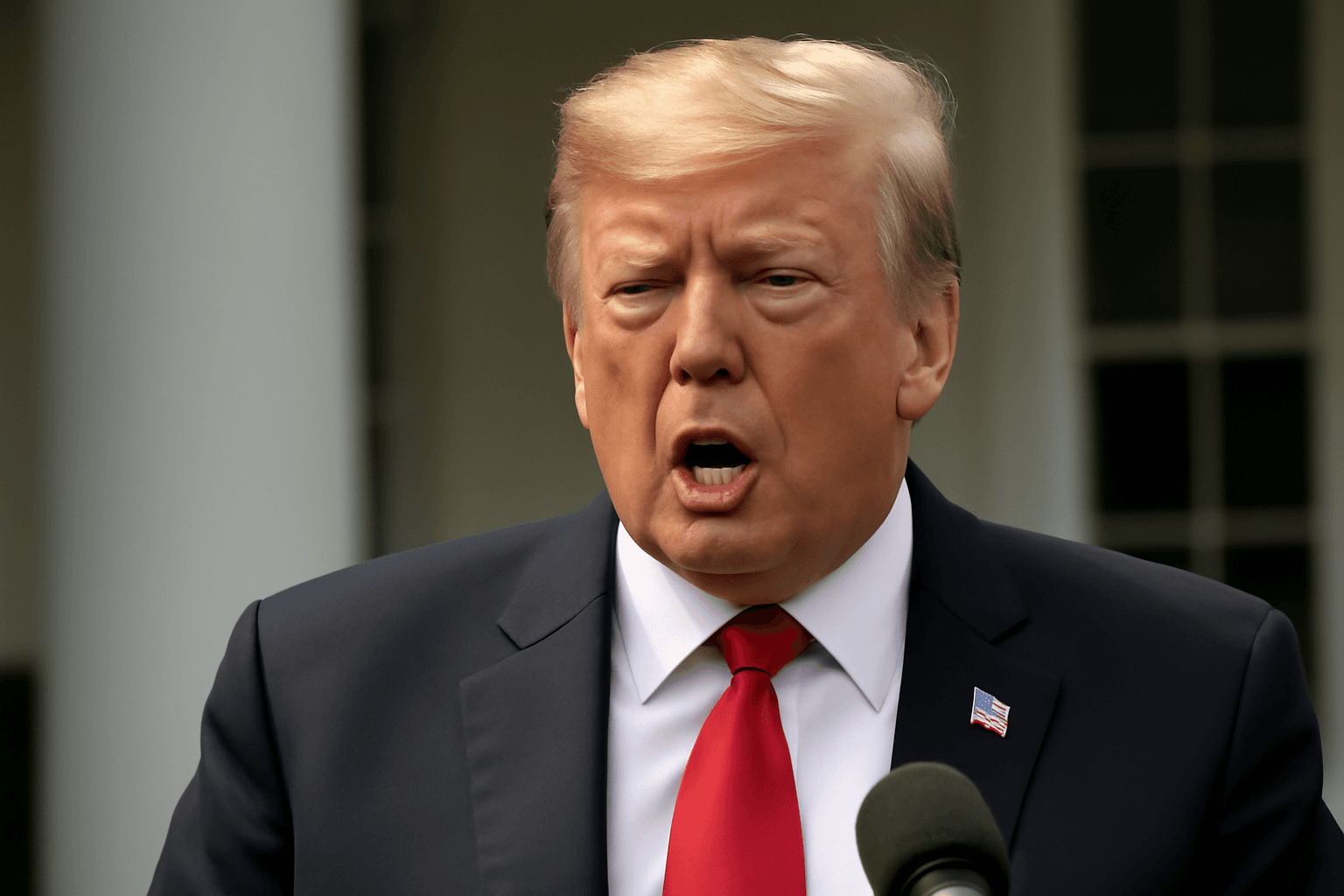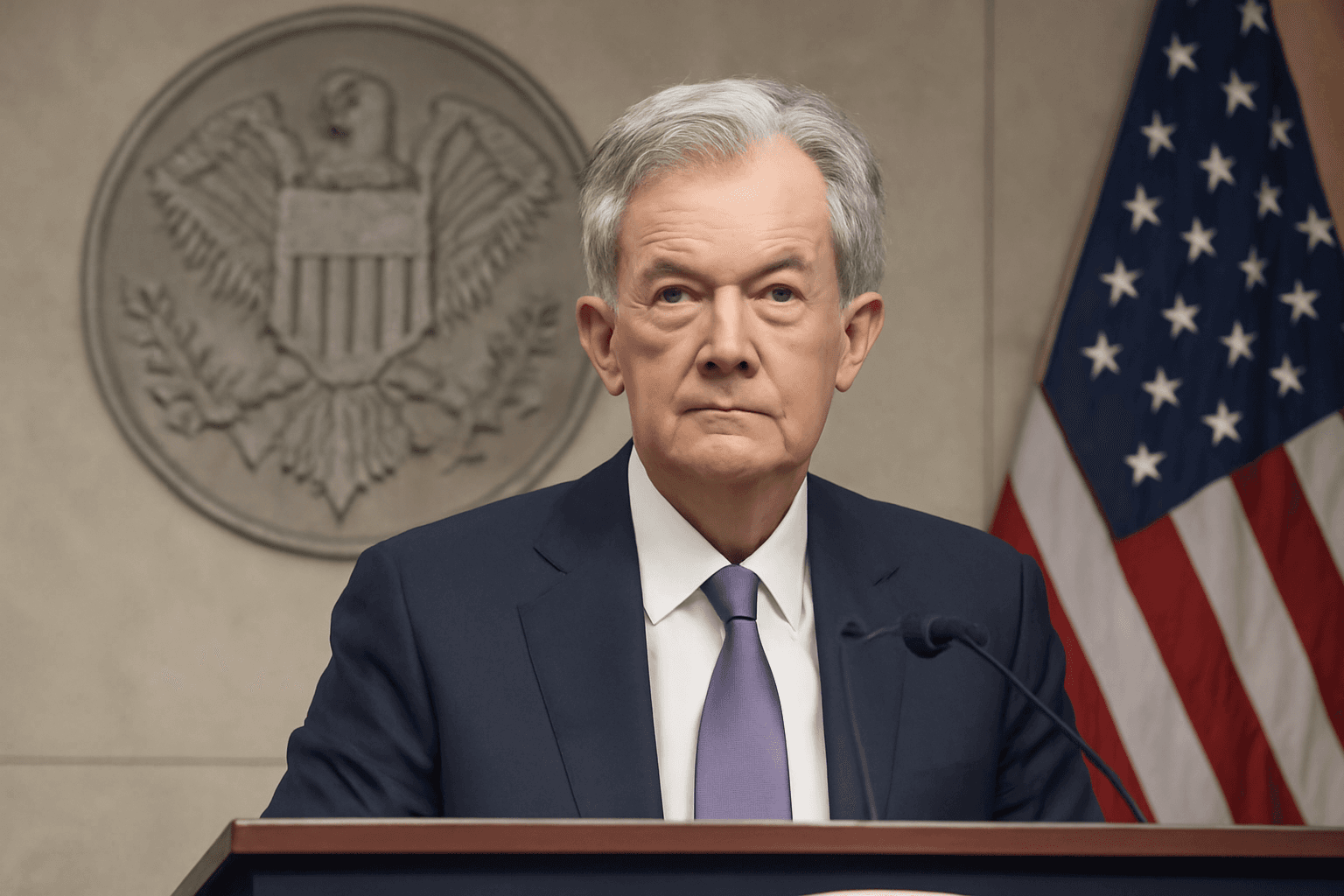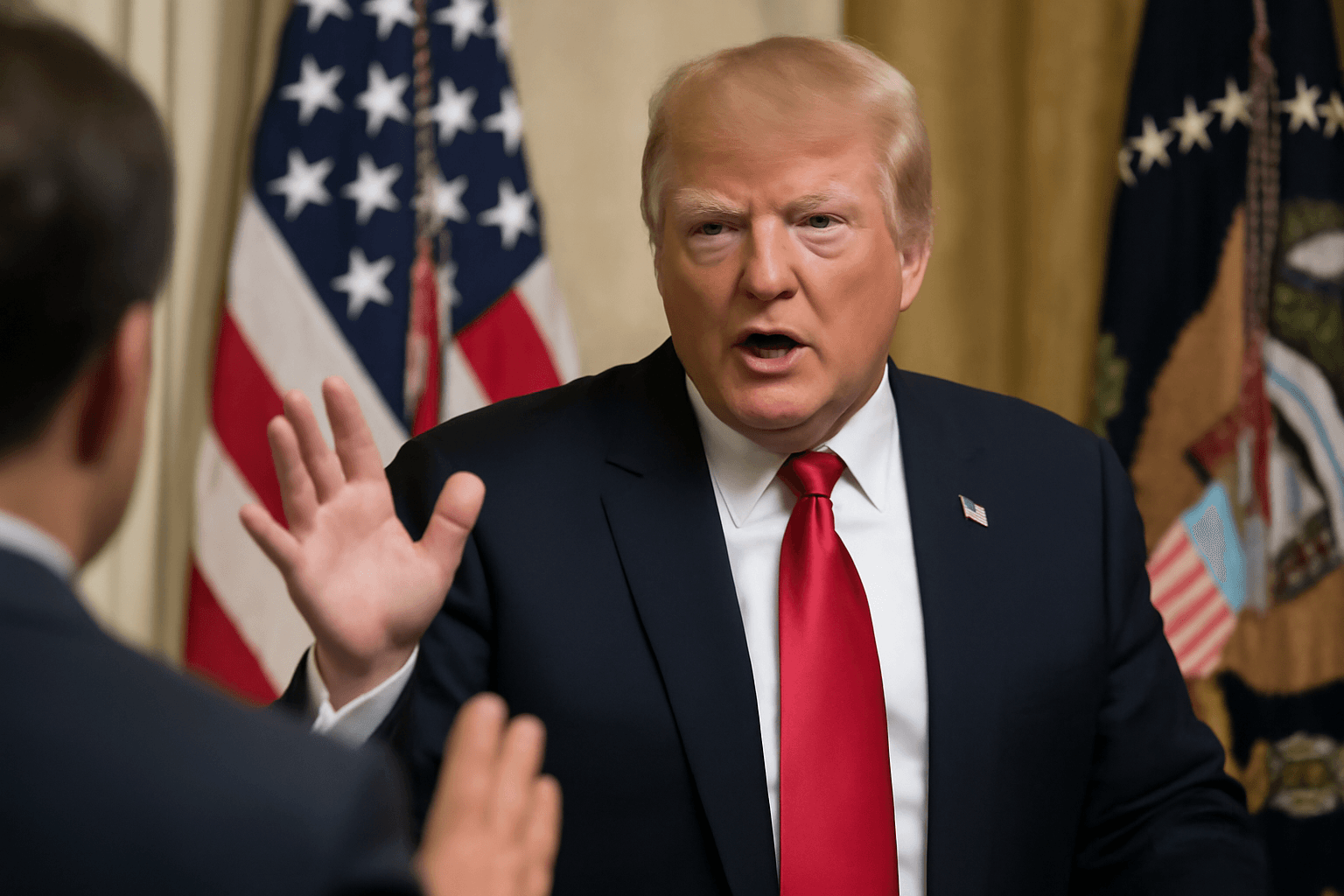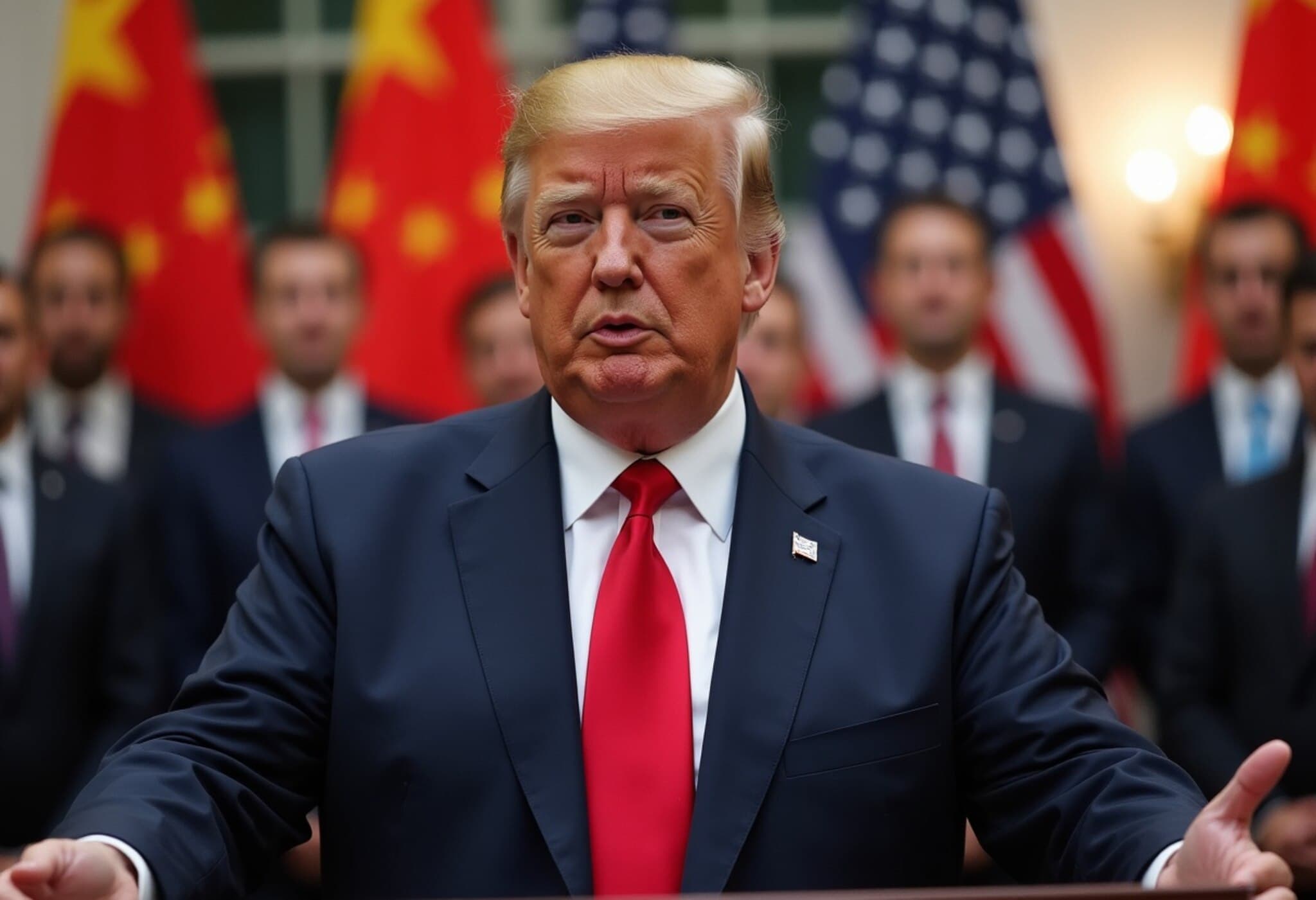U.S. Inflation Shows Modest Increase in May
Consumer prices in the U.S. edged up by 0.1% in May, slightly below economists’ expectations and signaling a tempered inflationary environment. This latest increase places the annual inflation rate at 2.4%, the same as forecasts but reflecting just a small rise from April.
Core Inflation Remains Controlled
When excluding volatile food and energy sectors, the core Consumer Price Index (CPI) also rose by 0.1% for the month, bringing the annual core rate to 2.8%. Both figures fell short of predictions, which anticipated increases of 0.3% monthly and 2.9% annually.
Federal Reserve officials closely monitor core inflation as it offers a clearer picture of long-term price trends, with several policymakers expressing lingering concerns about how tariffs might elevate costs going forward.
Energy and Key Goods Ease Inflationary Pressures
Energy prices declined by 1% in May, softening overall inflation. Gasoline prices were particularly influential, falling 2.6% month-over-month, marking a 12% annual decrease. Additionally, both new and used vehicle prices dipped (-0.3% and -0.5%, respectively), while apparel prices unexpectedly dropped by 0.4%.
These declines helped offset price rises in other areas. Food costs increased by 0.3%, and shelter prices—the main driver behind the modest CPI increase—also rose by 0.3%. Notably, even though egg prices fell by 2.7% last month, they remain sharply up by 41.5% compared to a year ago. Shelter prices’ annual growth of 3.9% marks the slowest pace since late 2021.
Wages Outpace Inflation Gains
Real average hourly earnings advanced by 0.3% in May and are up 1.4% year-over-year, suggesting that wage growth is currently outstripping inflation, providing relief to consumers’ purchasing power.
Tariffs’ Impact Yet to Fully Materialize
Despite extensive tariffs introduced by the previous administration and ongoing trade tensions, the inflation data for May reveals limited immediate impact on consumer prices. Some key categories, expected to reflect tariff-driven hikes, instead showed price declines.
Experts caution that tariff-related price pressures could surface later, especially as companies slowly adjust pricing strategies or deplete pre-tariff inventory stocks.
One strategist noted, "Tariff increases might not fully reflect in CPI data for several more months, meaning the true effect on inflation could still be ahead." Meanwhile, services prices appear stable, suggesting any inflation uptick might be temporary.
Trade Negotiations Continue Amid Economic Uncertainty
The tariff landscape remains fluid as the government engages in negotiations aimed at easing trade tensions, particularly with China, around critical materials like rare-earth elements and technology components. Other affected countries have until early July to reach agreements and avoid further duties.
Federal Reserve and Interest Rate Outlook
The relatively mild inflation increase casts doubt on the Fed’s immediate need to adjust interest rates. Market expectations now lean toward no rate cuts before September, as policymakers closely monitor inflation’s trajectory amid trade-related uncertainties.
Critics argue the Fed should act sooner. Some political figures have called the current stance “monetary malpractice,” urging interest rate reductions to support economic growth in light of easing inflation and signs of labor market cooling.
Data Collection Challenges Add Complexity
Evaluating inflation trends has been complicated by reduced data collection efforts due to staffing shortages and a hiring freeze in federal agencies. This has led to increased use of statistical modeling to estimate missing data and suspension of data gathering in select cities.
Although authorities maintain these changes minimally impact overall inflation measurements, they could introduce volatility and affect detailed breakdowns in subcategories.
Summary
- May's consumer price growth was a modest 0.1%, with annual inflation steady at 2.4%.
- Core inflation crept up just 0.1% monthly, slightly below expectations.
- Energy prices softened inflation, with gasoline down 2.6% and a 12% annual drop.
- Shelter costs rose but at their slowest pace since 2021.
- Tariff impacts have yet to significantly drive consumer prices higher, though delayed effects remain possible.
- Federal Reserve rate decisions remain cautious amid mixed signals from inflation and trade dynamics.



